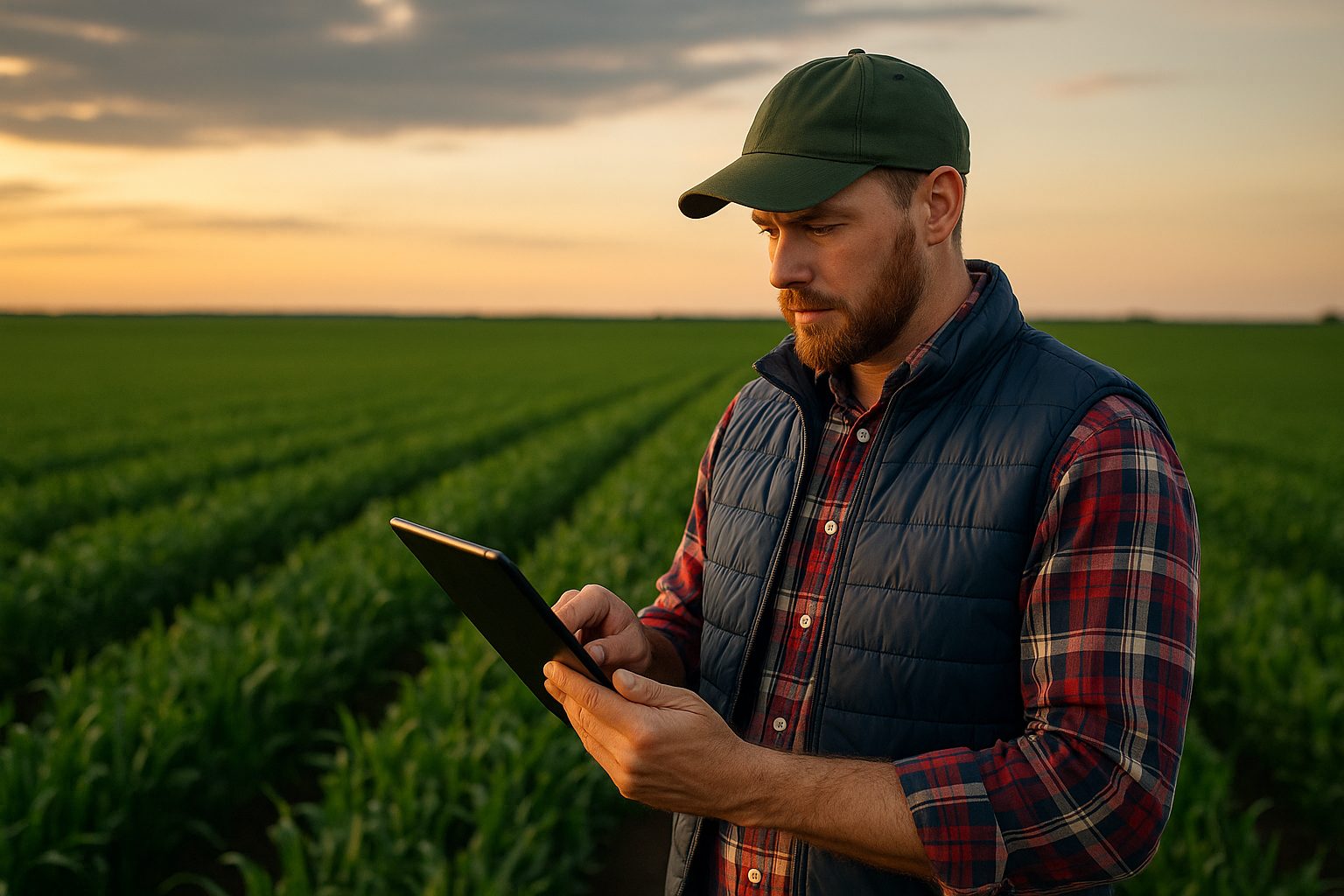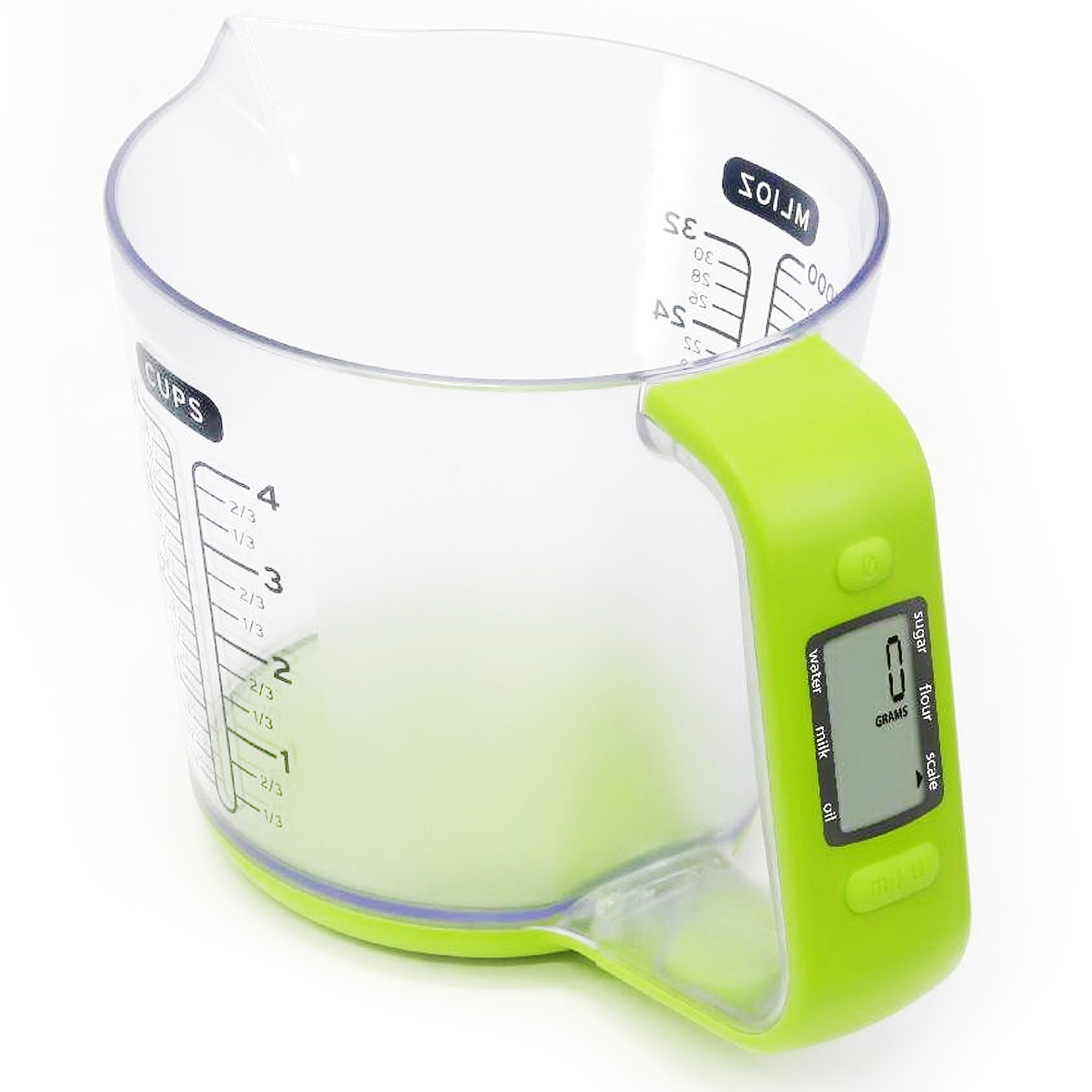Why AI Matters for Agriculture Today
Global demand for food is expected to rise by 60% by 2050, according to the Food and Agriculture Organization of the United Nations (FAO). At the same time, farmers must cope with shrinking arable land, erratic weather, and the urgent need to reduce greenhouse gas emissions.
AI offers solutions through predictive analytics, robotics, and automation. By processing vast amounts of agricultural data, AI helps farmers make precise decisions rather than relying solely on tradition or intuition.
Expert commentary: Professor Simon Blackmore, Director of the Centre for Precision Farming at Harper Adams University in Shropshire, has argued that “AI-driven agriculture could deliver higher yields with lower inputs, creating a win-win for farmers and the environment.”
Applications of AI in Farming
Precision Agriculture
Precision agriculture uses AI-powered sensors and drones to monitor fields at a granular level. Farmers can identify areas of crops that need more water, fertiliser, or pest control, instead of applying treatments uniformly. This reduces waste and ensures healthier plants.
- Example: Drones equipped with AI cameras can detect nitrogen deficiencies in wheat fields and recommend targeted spraying.
- Impact: Trials in the UK have shown up to 15% yield improvements with precision agriculture technologies.
Soil and Crop Monitoring
AI algorithms analyse soil health through real-time sensor data. They measure pH levels, moisture, and nutrient content, helping farmers decide when and how to plant.
For instance, startups like Soil Essentials in the UK are using AI to provide farmers with data-driven recommendations for optimising planting schedules and fertiliser application.
Predictive Weather Analysis
Weather unpredictability is one of the biggest risks in farming. AI can model weather patterns with greater accuracy, enabling farmers to adjust sowing and harvesting times. According to the Met Office, integrating AI into forecasts helps reduce yield losses from extreme conditions.
AI in Pest and Disease Management
Crop diseases and pests can devastate yields. AI systems use image recognition to spot early signs of disease, often before they are visible to the human eye.
- Case Study: Farmers in Yorkshire have begun using smartphone apps linked to AI platforms that scan leaves and identify fungal infections within seconds.
- Global Example: The company PlantVillage developed an AI tool that helps African farmers diagnose crop diseases with up to 95% accuracy.
Expert commentary: Dr. Belinda Clarke, Director of Agri-TechE, notes: “Disease detection powered by AI can save farmers both money and harvests, while reducing unnecessary pesticide use.”
Harvest Optimisation with AI
AI-driven robotics are being used to determine the exact moment to harvest crops for maximum yield and quality. For example, strawberry farmers in Lincolnshire are trialling robots that use computer vision to identify ripe fruit.
These machines not only pick fruit but also record data, which feeds into AI models that predict crop performance for future seasons.
AI and Sustainability
Farming must balance productivity with sustainability. AI helps achieve this by:
- Reducing fertiliser and pesticide overuse
- Optimising irrigation to save water
- Cutting greenhouse gas emissions through efficient resource use
A DEFRA (Department for Environment, Food & Rural Affairs) report highlights that AI-driven farming practices could play a vital role in achieving the UK’s net zero emissions target by 2050.
Challenges Farmers Face with AI Adoption
Despite the promise, AI in farming comes with hurdles:
- Cost: Advanced AI equipment can be expensive for small farms.
- Digital Skills: Farmers often need training to use AI tools effectively.
- Data Access: Reliable broadband in rural areas like parts of Yorkshire and Shropshire is still limited.
Expert commentary: Tom Bradshaw, Deputy President of the National Farmers’ Union (NFU), has warned that “rural connectivity must improve, or farmers risk being excluded from the AI revolution.”
The Human Element in AI Farming
While AI provides powerful insights, it is not a replacement for farmers’ experience. Instead, it acts as a decision-support tool, complementing human judgment.
This combination of technology and traditional knowledge ensures that farming remains both efficient and rooted in local expertise.
Interestingly, even as AI becomes more integrated into agriculture, digital tools like a username generator remind us of the growing overlap between farming and data-driven systems—where secure, customised digital identities are now part of everyday operations for accessing AI platforms.
The Future of AI in Agriculture
Over the next decade, we can expect to see:
- AI-driven autonomous tractors that plant and harvest without human input.
- Gene editing powered by AI models to create crops resilient to drought and pests.
- Market prediction tools that help farmers decide what to plant based on real-time demand data.
The World Economic Forum predicts that AI adoption could increase global agricultural productivity by up to 67% by 2030. For UK farmers, this could mean not only improved yields but also stronger resilience against climate change.
Conclusion
AI is reshaping farming by helping farmers make smarter decisions, reduce waste, and boost yields—all while supporting sustainability goals. In regions like Yorkshire and across the UK, AI is no longer a distant concept but a practical tool in daily farming life.
By combining centuries of agricultural tradition with cutting-edge AI innovation, farmers are building a future where productivity and sustainability go hand in hand. The journey is not without challenges, but the potential rewards—food security, environmental protection, and thriving rural communities—make AI a cornerstone of modern farming.












